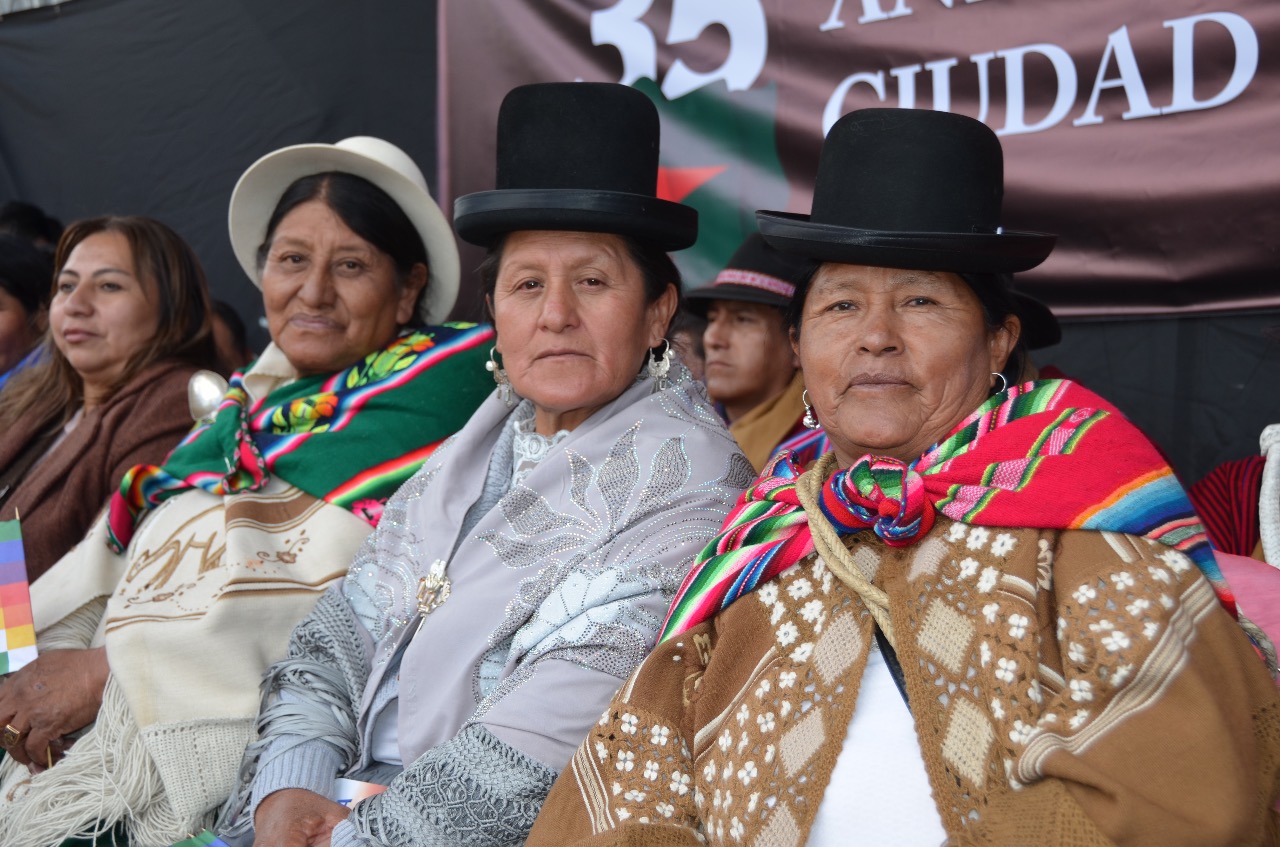This article summarizes, with examples, Bolivia’s main economic activities. Primary, secondary, and tertiary activities, as well as Bolivian exports and imports, are examined.
According to estimates by the International Monetary Fund for 2022, Bolivia’s economy is the ninety-sixth (96th) largest in the world with a nominal GDP of US$43.4 billion, behind other Latin American economies such as Ecuador 59th (US$107.6 billion) and Panama 70th (US$ 68.5 million).
Bolivia’s economy is dependent on natural resources like oil and gas. These have driven the country’s recent growth, although institutional deficiencies limit its development.
Composition of economic activities in Bolivia
A diverse mix of primary, secondary, and tertiary activities characterizes the economic activities of Bolivia. Primary activities, including agriculture, forestry, and mining, contribute 13% of the nation’s Gross Domestic Product (GDP). The secondary sector, encompassing manufacturing and industry, plays a more significant role, constituting 37% of Bolivia’s GDP. However, the backbone of Bolivia’s economy lies in tertiary activities, such as services and tourism, which account for a substantial 50% of the country’s economic output. This balance between the three sectors underscores Bolivia’s economic resilience and adaptability.
Primary economic activities of Bolivia
The country has one of the largest natural gas reserves in Latin America. It is currently Latin America’s fourth-largest natural gas producer after Mexico, Argentina, and Venezuela. It also stands out in producing other mining-oil goods such as tin (the fourth largest producer in the world), antimony, lead, silver, zinc, and gold.
In primary activities, Bolivia has a significant agribusiness participation with several sectors of great importance for the Bolivian economy. Agribusiness employs around 5% of the country’s workforce. Livestock farming and the production of soy, sugar, rice, chestnuts, cotton, sesame, wheat, coca leaf, banana, cassava, and quinoa stand out. It is currently the second largest producer of quinoa worldwide, after Peru.
Bolivia has technical agriculture developed by medium and large businesses. However, traditional agriculture is also common, with little technology and low yields. It is common for the land to be tilled with animals, natural fertilizers, and basic tools such as hoes and sickles.
Secondary economic activities of Bolivia
Bolivia is a non-industrialized country, and its production is primarily artisanal. It is characterized by low productivity and informality. Even so, it is very important due to its participation in the country’s GDP. With time, however, it has lost economic ground to the tertiary or services sector.
In Bolivia’s secondary sector, small and medium-sized light industries stand out. The most developed industries in Bolivia are manufacturing, sugar refining, leather goods, tobacco, cement, beer, dairy, textiles, chemicals, glass, jewelry, explosives, and paper.
Bolivia’s secondary economic activities are located mainly in La Paz, El Alto, Cochabamba, and Santa Cruz de la Sierra.
The largest company in Bolivia is the Cervecería Boliviana Nacional brewing company. It has eight plants in the country and has more than 1,700 direct and 6,200 indirect workers. This company controls almost the entire Bolivian beer market and has 11 registered beer brands.
Tertiary economic activities of Bolivia
Bolivia’s tertiary sector includes tourism, finance, health, education, commerce, restaurants, shopping centers, transportation, telecommunications, and entertainment. This sector employs 67% of the country’s workforce.
In Bolivia, tourism continues to grow, reaching more than 1.7 million travelers per year who visit to marvel at the peaks of the Andes and the rainforests in the Amazon. The most visited cities are Santa Cruz, La Paz, and Cochabamba.
Another important sector of these activities is telecommunications. Bolivia has 850 thousand landline telephone lines and 7 million mobile telephone subscribers. It also has 4.1 million Internet users.
Bolivian international trade
Bolivia’s main trading partners are Brazil, Chile, the United States, China, Argentina, Colombia and Peru.
Bolivia’s main exports
Bolivia mainly exports raw materials such as oil, zinc, gold, lead, and silver. It also exports soy flour, oil, coconuts, walnuts, and bananas.
The main destinations for Bolivia’s exports are Brazil (27%), Argentina (16%), the United States (12%), Colombia (5.5%) and China (5.1%).
Main imports of Bolivia
Bolivia mainly imports value-added goods such as automobiles, machinery, telephones, pesticides, computers, gasoline, rubber wheels, and automobile parts.
The main origins of Bolivia’s imports are China (17%), Brazil (16%), Chile (11%), the United States (10%), and Argentina (7.2%).
Bolivia’s economy is ranked 96th globally, with a nominal GDP of US$43.4 billion. Economic activities in Bolivia rely heavily on natural resources, particularly oil and gas, but face challenges due to institutional deficiencies. The nation’s economic activities are diverse, with primary, secondary, and tertiary sectors contributing 13%, 37%, and 50% to the GDP, respectively. Bolivia is a major producer of natural gas and mining-oil goods, and modern and traditional practices mark its agriculture sector. Despite being a non-industrialized country, small-scale industries thrive, particularly manufacturing and brewing. The tertiary sector, employing 67% of the workforce, encompasses tourism, telecommunications, and finance. Bolivia’s international trade, with key partners like Brazil and the United States, revolves around exporting raw materials and importing value-added goods.


